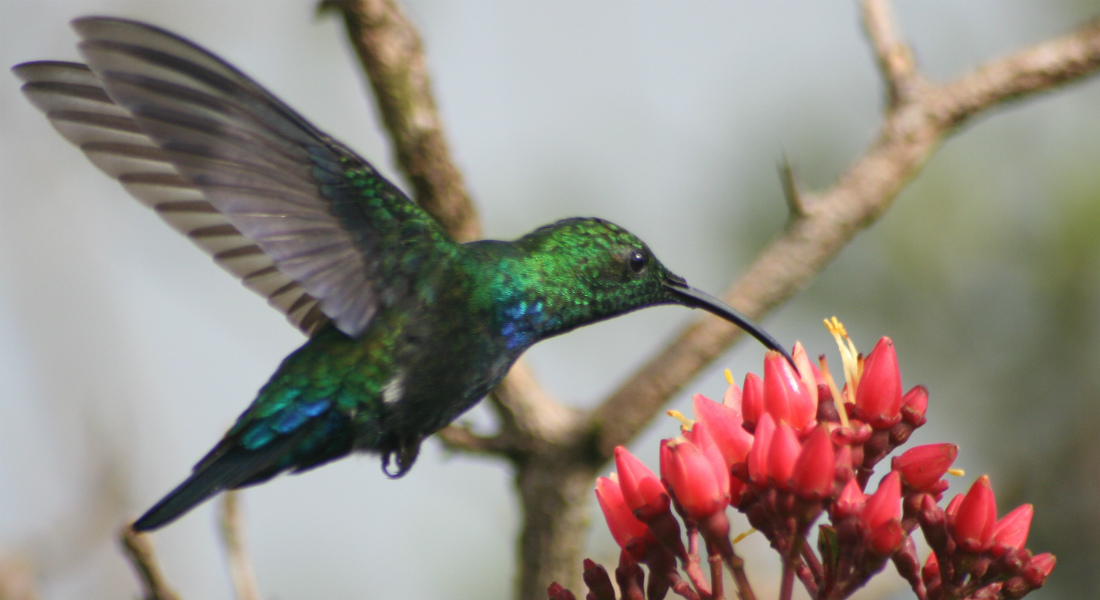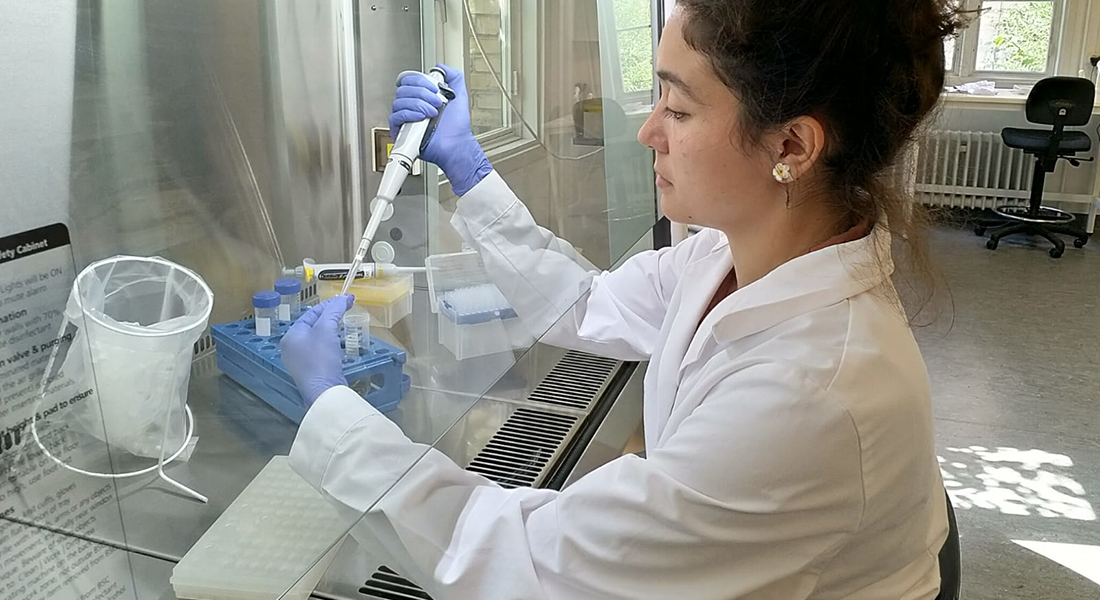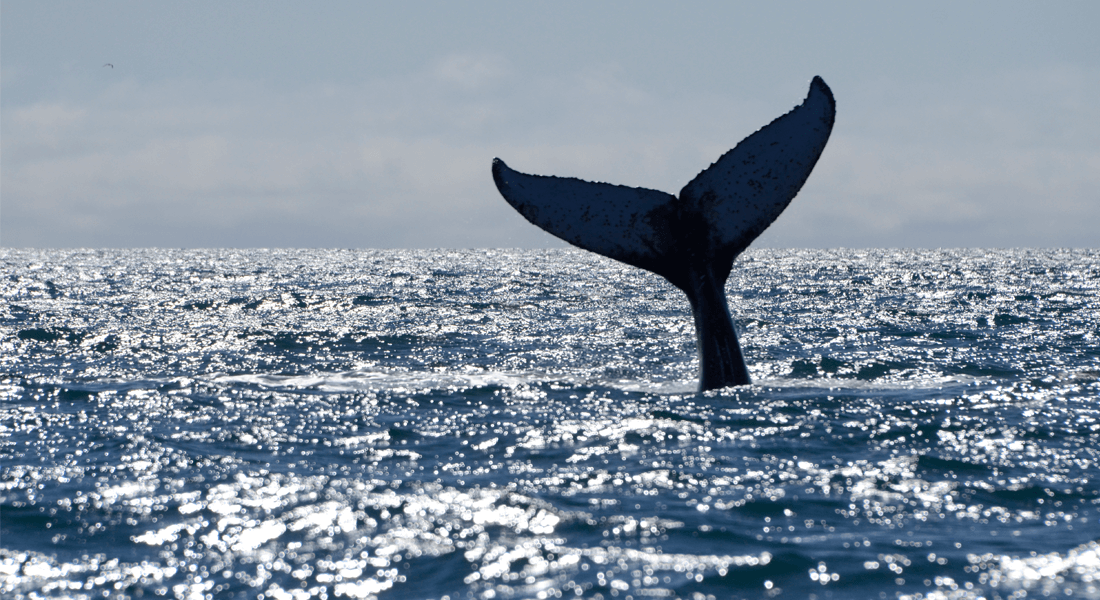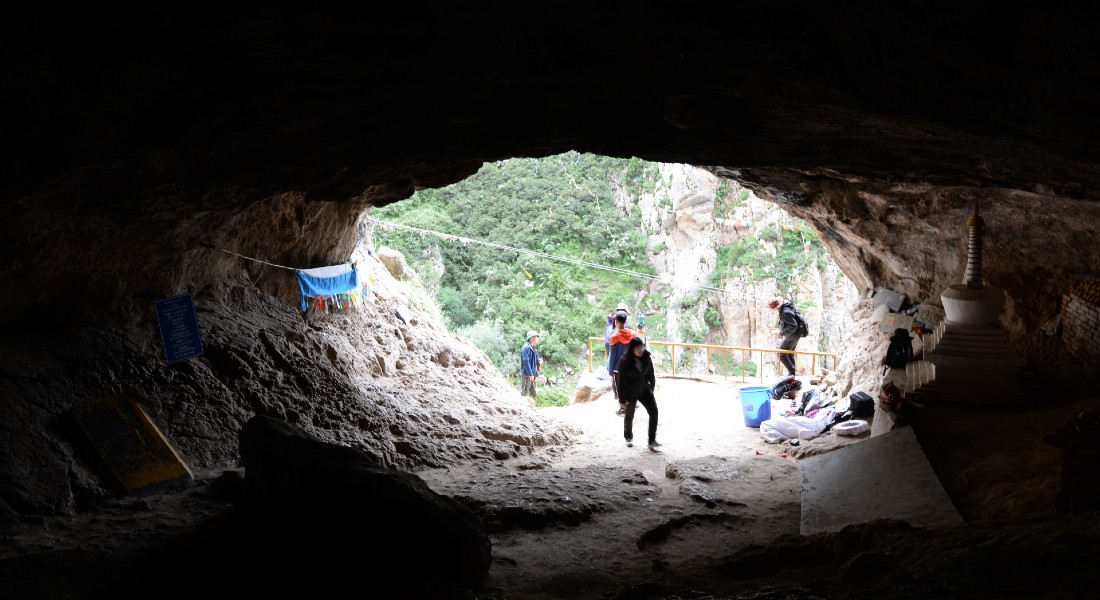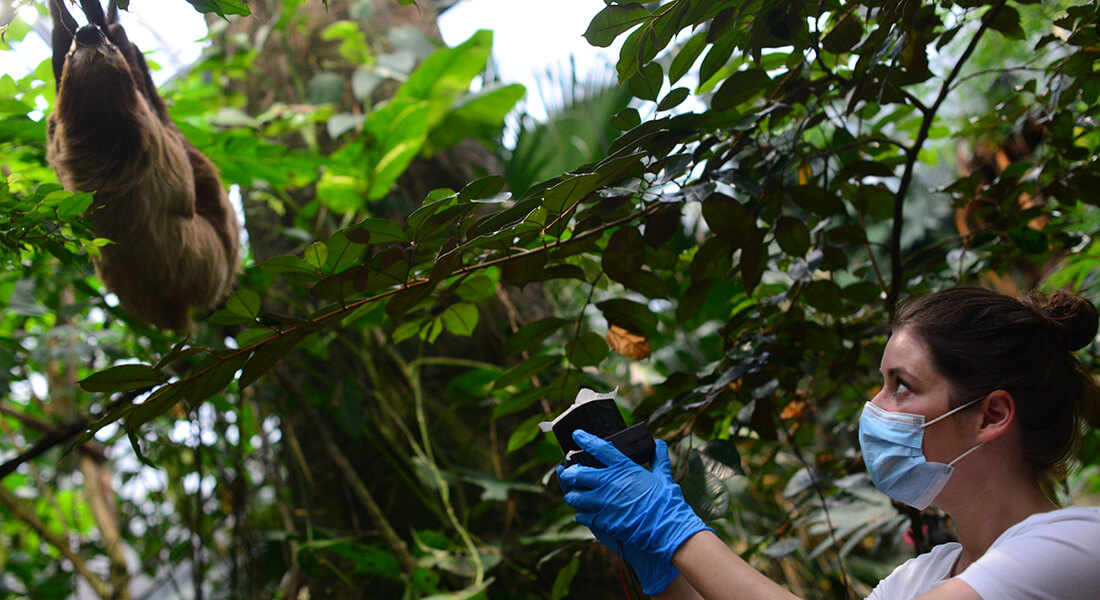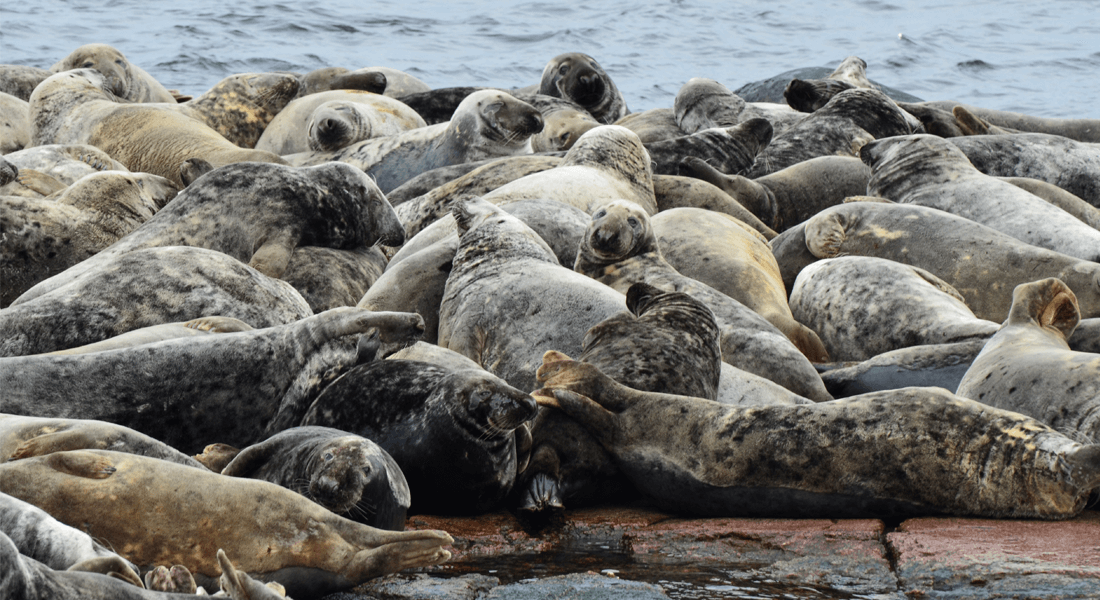The Bohmann Group use environmental DNA and high-throughput sequencing to assess biodiversity and diet.
Section for Molecular Ecology and Evolution
The section for Molecular Ecology and Evolution operates across the fields of evolutionary biology and molecular ecology. We apply quantitative methods to biological questions that are fundamental to our understanding of ecology and evolution in the context of the global challenges we face today. We are driven by curiosity and shared excitement for scientific collaboration and discovery and we value a diverse and inclusive scientific environment that fosters creativity.
Head of Section: Associate Professor Hannes Schroeder
Our research focuses on biological processes across all trophic levels and involves fieldwork, method development, and empirical approaches to data collection and analysis. We work with a wide range of different types of data and analytical approaches, including:
|
|
- Ancient DNA and Evolution (BSc level, 7.5 ECTS)
- Marine Mammal Biology and Research (BSc level, 7.5 ECTS)
- Human Evolution and Genetics (MSc level, 7.5 ECTS)
- Advanced Topics in Data Analysis (PhD level, 5 ECTS)
- Ancient DNA and Human History (PhD level, 5 ECTS)
- Ethical Challenges in Genetics Research (PhD level, 2 ECTS)
- Population and Quantitative Genetics Journal Club (PhD level, 2 ECTS)
- Population Genetics Summer Course (PhD level, 5 ECTS)
Lynggaard C et al. 2022. Airborne environmental DNA for terrestrial vertebrate community monitoring. Current Biology 32(3), 701-707.e5, doi: 10.1016/j.cub.2021.12.014.
Bohmann K. 2022. Strategies for sample labelling and library preparation in DNA metabarcoding studies. Molecular Ecology Resources, 22, 1231– 1246. doi: 10.1111/1755-0998.13512.
Stokholm I et al. 2022. In the Search of Marine Pestiviruses: First Case of Phocoena Pestivirus in a Belt Sea Harbour Porpoise. Viruses 14, 161. doi: 10.3390/v14010161
Sonne J. et al. 2022. Extinction, coextinction and colonization dynamics in plant–hummingbird networks under climate change. Nat Ecol Evol doi.org/10.1038/s41559-022-01693-3
Stokholm I et al. 2021. Emergence and radiation of distemper viruses in terrestrial and marine mammals. Proceedings of the Royal Society B 288(1961). doi: 10.1098/rspb.2021.1969
Wang, Y. et al. 2021. Late Quaternary dynamics of Arctic biota from ancient environmental genomics. Nature 600, 86–92. doi:10.1038/s41586-021-04016-x
Gower G et al. 2021. Detecting adaptive introgression in human evolution using convolutional neural networks. Elife 10,
e64669. doi: 10.7554/eLife.64669.
Dalsgaard B et al. 2021. The influence of biogeographical and evolutionary histories on morphological trait-matching and resource specialization in mutualistic hummingbird–plant networks. Functional EcologyVolume 35(5), 1120-1133. doi: 10.1111/1365-2435.13784.
Shanlin Liu et al. 2021. Ancient and modern genomes unravel the evolutionary history of the rhinoceros family. Cell 184(19), 4874-4885.e16. doi:10.1016/j.cell.2021.07.032.
Cabrera et al. 2021 A Genetic Perspective on Cetacean Evolution. Annual Review of Ecology, Evolution, and Systematics 52:1, 131-151. doi:10.1146/annurev-ecolsys-012021-105003
Nägele K et al. 2020. Genomic insights into the early peopling of the Caribbean. Science 369(6502), 456-460. doi: 10.1126/science.aba8697.
Mühlemann, B et al. 2020. Diverse variola virus (smallpox) strains were widespread in northern Europe in the Viking Age
Science 369(6502) doi: 10.1126/science.aaw8977
Welker F et al. 2020. The dental proteome of Homo antecessor. Nature 584(7820):E19. doi: 10.1038/s41586-020-2580-6.
Lanigan L et al 2020. Multi-protease analysis of Pleistocene bone proteomes. Journal of Proteomics 228, 103889. doi: 10.1016/j.jprot.2020.103889.

